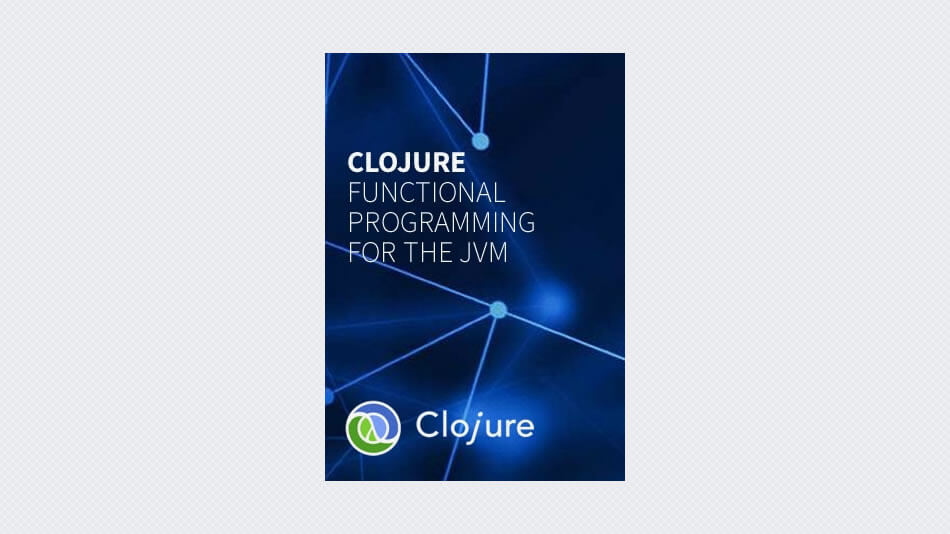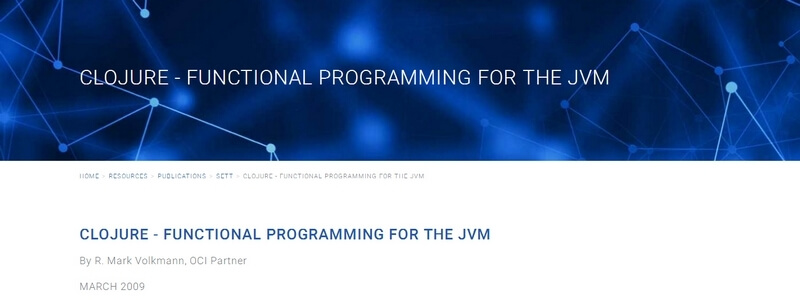The goal of this online ebook is to provide a fairly comprehensive introduction to the Clojure programming language. A large number of features are covered, each in a fairly brief manner. Feel free to skip around to the sections of most interest. Clojure is a dynamically-typed, functional programming language that runs on the JVM (Java 5 or greater) and provides interoperability with Java. A major goal of the language is to make it easier to implement applications that access data from multiple threads (concurrency).
Clojure is pronounced the same as the word ‘closure’. The creator of the language, Rich Hickey, explains the name this way: ‘I wanted to involve C (C#), L (Lisp) and J (Java). Once I came up with Clojure, given the pun on closure, the available domains and vast emptiness of the googlespace, it was an easy decision.’
Clojure provides many functions that make it easy to operate on ‘sequences’ which are logical views of collections. Many things can be treated as sequences. These include Java collections, Clojure-specific collections, strings, streams, directory structures and XML trees. New instances of Clojure collections can be created from existing ones in an efficient manner because they are persistent data structures.
Clojure provides three ways of safely sharing mutable data, all of which use mutable references to immutable data. Refs provide synchronous access to multiple pieces of shared data (‘coordinated’) by using Software Transactional Memory (STM). Atoms provide synchronous access to a single piece of shared data. Agents provide asynchronous access to a single piece of shared data. These are discussed in more detail in the ‘Reference Types’ section.





